Narrative sequencing with visual learning materials
Michael Rabbidge
Working with visual learning materials in language teaching presents many opportunities for educators to get creative. Focusing on language is one obvious avenue that educators can play with when it comes to visual learning materials. But beyond the language there are many more elements in the narratives of visual learning materials that can be manipulated to enhance learner participation, and so far, I think this series of blogs has given readers an exciting list of ideas relating to how educators can play with a visual learning materials narrative’s sound, or have students extend scenes as part of world or even character-building efforts. Today I’d like to focus on an idea related to sequencing, and how, when given a narrative, especially in visual form like those that are available through Chasing Time English, the manipulation of sequencing can transform narratives in new and engaging ways.
We see directors do this all the time with movies. One classic example is showing a climactic scene at the beginning of a story, void of context, to stimulate viewer interest. The story then resets to the start of the story to slowly reveal to viewers the unusual succession of events that led up to the climactic point in the introduction.
Here, I’ll talk about how such sequencing manipulations may be used with Chasing Time English shows in order to demonstrate how the episodes and associated materials can be extended for different purposes.
I’ll focus on the series My Name is Lucky. In the original sequencing of the series there is an alternation between scenes showing the main character’s actual experiences, such as arriving in New Zealand, attending classes, socializing, etc., and a second set of scenes showing an ongoing conversation between the main character and an elderly character.
The original sequence reveals Lucky’s adventure extremely well, has a good pace, and plenty of great interactions. What I propose here is just an alternative sequencing that educators may like to try on their own as a way to extend the time spend on the series and further enhance opportunities for interacting with the materials.
Firstly, educators could show the first set of scenes that focus on Lucky’s experiences in New Zealand, most likely in some form of chronological order, to present the basic narrative of Lucky’s adventures. During this initial focus, selected associated learning materials that accompany the series could be used as per original intention to focus on linguistic features in the scenes.
Then as an extension to this basic narrative of Lucky’s adventures and a possible preview to the second set of viewing focus, students could be asked to create a role play between Lucky and a friend or advisor, with the aim of this role play to have students create and perform a conversation that covers the main character’s experiences, focusing on different conversational strategies such as giving advice, making recommendations, making excuses etc. Such language focuses are already provided in the main teaching materials so this should be easily achieved.
Once this role play has been completed, the educator could then show the second set of scenes, which is a conversation between Lucky and an elderly character, where some of the previously mentioned language functions are demonstrated. Now, students can compare their own role plays and language choices with that of the series, noting differences and reflecting on their own work. This is similar to task-based approaches to language teaching. This also could be used in conjunction with a selection of associated learning materials that accompany the series could be used as per original intention as well.
Finally, the series could then be shown as originally intended a third time, so that students can piece everything together, and any remaining associated learning materials that accompany the series could be used as per original intention.
This ensures maximum exposure to the series without sacrificing interest and means a four-episode series can be expanded to suit any given length of time.
The beauty of changing sequencing with the Chasing Time English series is that each one is unique, and therefore any number of sequencing changes can be made according to an educator’s needs.
Playing with a narrative and its linguistic and interactional features can unlock an almost endless supply of possible learning occasions for students. It also allows teachers to reuse content to play with it in different ways to keep themselves motivated over longer periods of time. These ultimately improve learning contexts and motivation in the classroom. There is no end to what can be achieved with these types of materials once such ideas are explored.
